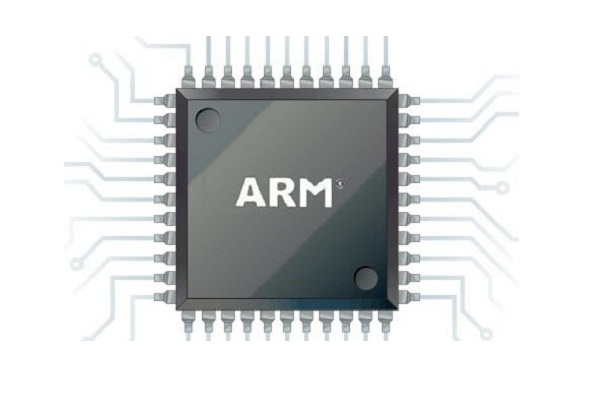IBM has revealed it is to licence a range of ARM Cortex processor designs in order to build custom chips for its wired and wireless networking systems.
Big Blue officials on 24 October said the 32-bit low-power ARM-based chips will be used for such systems as networking routers and switches, as well as cellular base stations. The chips include ARM’s Cortex-A15, Cortex-A12, Cortex-A7 and Cortex-M4, as well as the ARM Mali-450 graphics chip.
ARM Designs
ARM’s low-power designs are best known for powering the bulk of smartphones and tablets on the market today. ARM creates the designs, which it then licenses to the likes of Samsung, Qualcomm and Nvidia, which add their own technologies and then make and sell them.
 With the increasing demand for solid performance and low power consumption, ARM officials are looking to expand into a range of new areas, including dense microservers for hyperscale environments. Another growth area is networking, where the company has seen a number of new announcements this year.
With the increasing demand for solid performance and low power consumption, ARM officials are looking to expand into a range of new areas, including dense microservers for hyperscale environments. Another growth area is networking, where the company has seen a number of new announcements this year.
For example, Broadcom announced earlier in October that it will license the upcoming 64-bit ARMv8-A architecture to build a system-on-a-chip (SoC) that will be optimised for network-function virtualisation (NFV) environments. That came after Broadcom in May announced ARM-based StrataGX SoCs for 802.11ac wireless networks. Freescale Semiconductor officials on 16 October unveiled the company’s new ARM-based QorIQ LS1 lineup of communications processors.
During a conference call with analysts and journalists to discuss quarterly financial numbers, ARM CEO Simon Segars said that networking was a key growth area for the company. Segars noted that more than 15 million Cortex-A chips for enterprise networking systems were on the market in the third quarter.
“That is an area where we do expect to see some good market share gains and of course that translates to volume,” he said. “And given that those devices tend to be the more expensive end of the spectrum, then that should be a good dollar contributor to our overall royalties.”
Growth Sector
Market research firm The Linley Group also sees considerable upside for ARM in the networking/communications chip space, which right now is dominated by IBM’s Power technology, followed by x86 and MIPS. ARM’s currently got a small sliver of the market, but Linley analysts said they expect to see a shift toward x86 and ARM as demand for low power and customisation continues to grow.
Licensing the ARM designs gives IBM’s custom-chip business another option beyond Power to offer businesses, according to Steve Ray, vice president of microelectronics at IBM.
“IBM is a top provider of custom-built, system-on-a-chip technology to communications companies – the silicon technology that has powered much of the mobile computing revolution,” Ray said in a statement. “With the addition of the ARM’s advanced 32-bit microprocessors and peripherals to our Power-based offerings, our clients will now have a broad array of leading silicon technology and design services as a foundation to drive future innovation.”
IBM and ARM have partnered in the past around mobile chip development, and IBM officials in August announced that the company will license its Power processors to other companies, enabling those organisations to build their own servers, networking systems and storage appliances based on Big Blue’s architecture. The move to an ARM-like licensing model, along with the creation of the OpenPower consortium to develop a hardware and software ecosystem around Power, are designed to give businesses an alternative to x86 chips from Intel, which is looking to expand its reach in the data center beyond servers.
ARM, with its upcoming ARMv8 architecture, also is planning to challenge Intel in dense, low-power servers in hyperscale computing environments. Several chip manufacturers – including Calxeda and Applied Micro – already are working on ARM-based server chips, while OEMs like Hewlett-Packard and Dell are planning to use ARM chips in upcoming low-power servers. Intel is countering with its low-power Atom platform.
What do you know about ARM? Take our quiz!
Originally published on eWeek.





